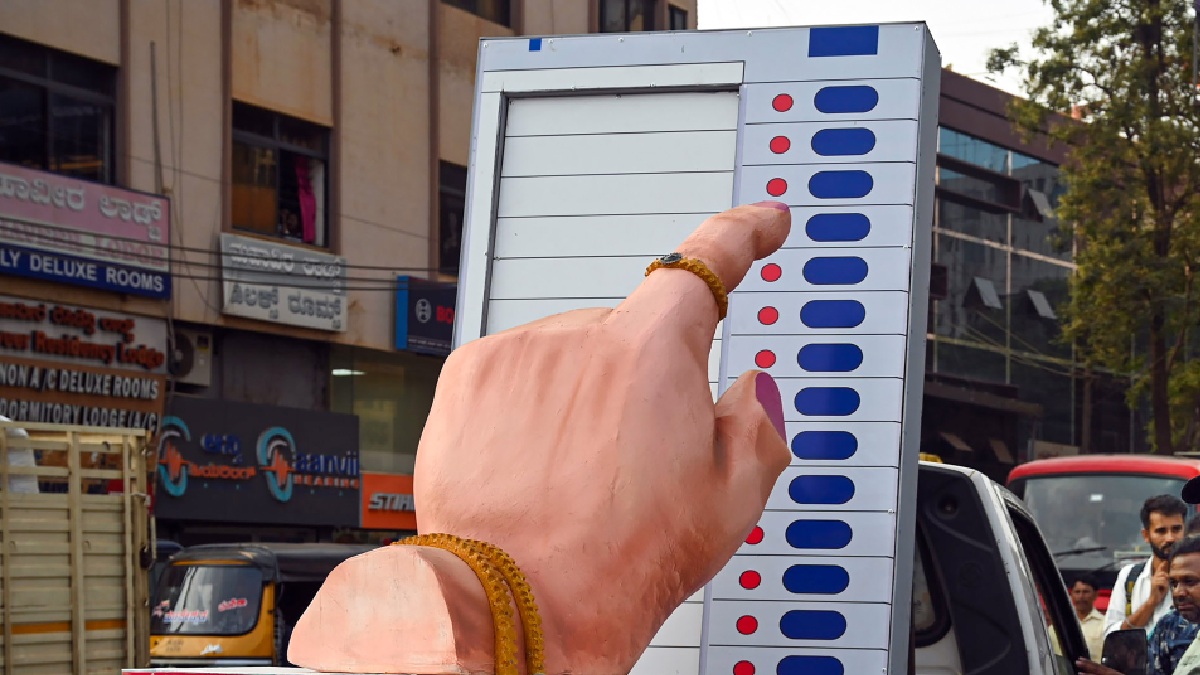
'Spooky' technique exhumes graves long lost
Washington, April 17 (ANI): Canadian scientists are using hyperspectral imaging, a technique that detects minor changes in light from plants and soil caused by a decomposing body, to find unmarked animal graves.
The procedure used by researchers at McGill University could help police solve cases involving missing persons and/or unearth mass graves.
"As soon as there is some decay you can see a difference," Discovery News quoted Andre Costopoulos, a professor at McGill University, as saying.
"We suspect that some of these graves are over 40 years old, and are excited to try to find much older grave sites," he added.
The McGill project began in an African animal safari park in Quebec called Parc Safari.
Parc Safari officials wanted to exhume a buried elephant and reassemble its bones for a park exhibit.
However, they didn't know where the dead elephant was buried.
Costopoulos was assigned the task of finding the dead elephant.
Over three seasons Costopoulos' team found seven animal graves at depths of two to three feet deep, including the elephant's.
Meanwhile, Margaret Kalacska, another professor at McGill University, was analysing the effects of soil on plant growth by measuring the amount of chlorophyll in plant leaves using hyperspectral imaging.
Kalacska and Costopoulos teamed up to find the remaining animals at the pet cemetery.
The McGill scientists hired a plane from the Canadian National Research Council and equipped it with two cameras.
One camera recorded light in the visible spectrum and into the infrared range while the other recorded light in the infrared and longer light ranges.
When the camera-equipped chopper flew over the animal graveyard, the scientists found all seven known graves, alongwith 25 new graves.
Costopoulos said: "One flyby of the aircraft gave us four to fives times more information than we gathered in three seasons of digging,"
For the first five years or so, a decaying body slows down plant growth.
"Initially it's a pretty toxic environment," for plants, pointed out Kalacska, who, along with Pablo Arroyo and Tim Moore, manages the technological side of the research.
Plants growing over such recent graves don't reflect as much light in the visible and near infrared region, which scientists can detect with their cameras.
However, after five years the plants growing over buried body suddenly reflect light instead of absorbing light.
In fact, plants growing on graves reflect more than twice the green light of off-grave plants. The difference is quite visible on the hyperspectral camera.
This increase in reflected light comes from an increase in chlorophyll, the pigment plants use to convert light from the sun.
After five years a decomposing body acts as fertilizer, supplying the growing plants with much needed nutrients such as nitrogen and phosphorus.
The McGill University team is currently testing their plant-based hyperspectral images at sites in Canada and Costa Rica.
The scientists also hope to test their technique at a suspected mass grave site in the barren Canadian north. (ANI)


 Click it and Unblock the Notifications
Click it and Unblock the Notifications















